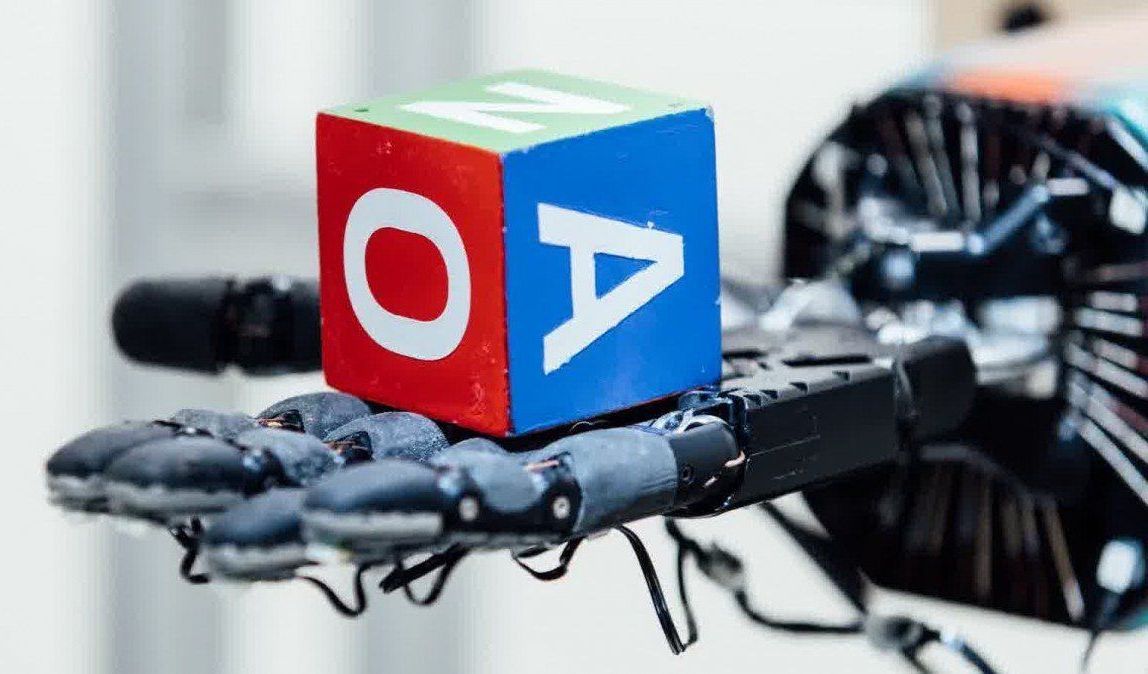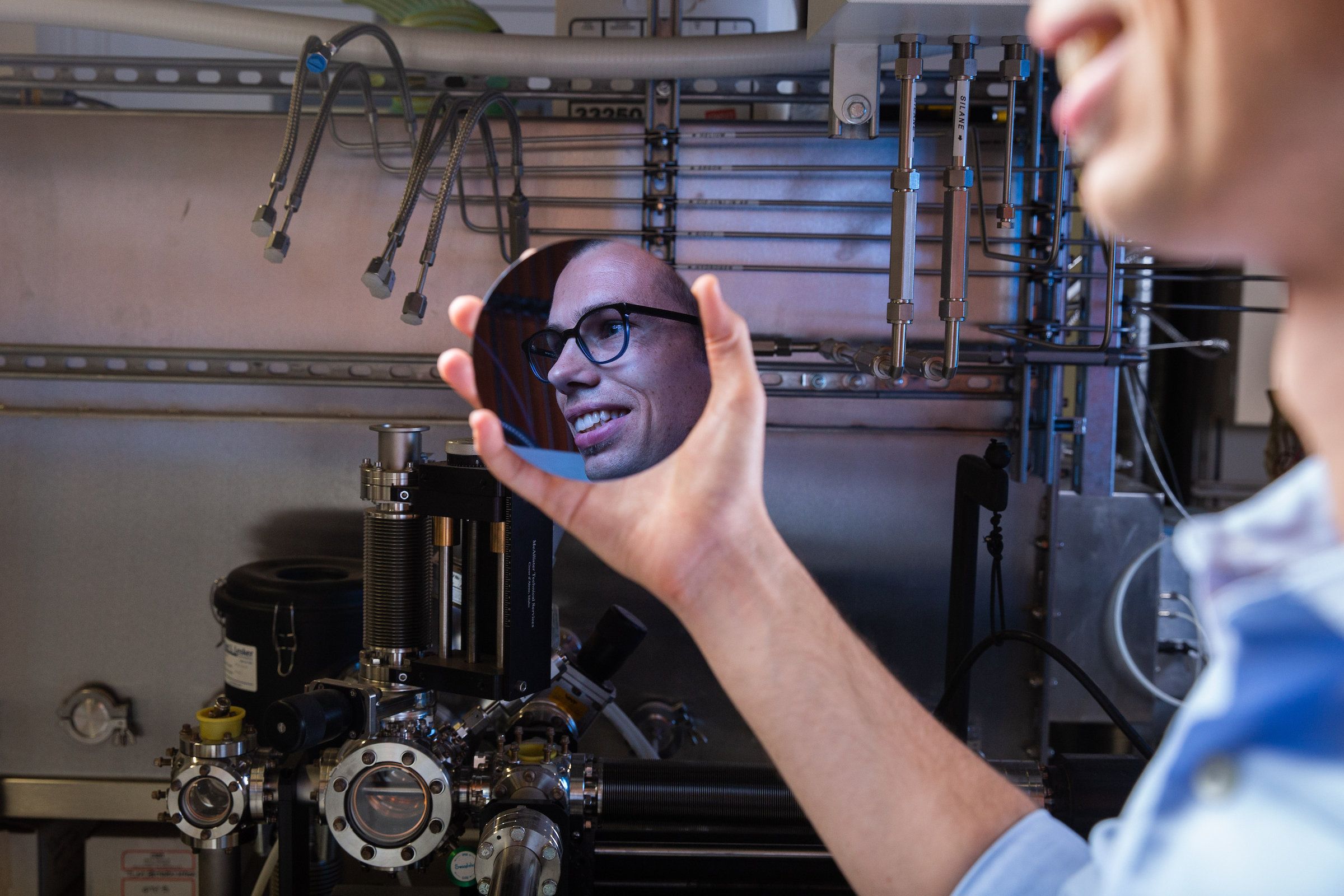A reinforcement learning algorithm allows Dactyl to learn physical tasks by practicing them in a virtual-reality environment.



Observations made with ESO’s Very Large Telescope have for the first time revealed the effects predicted by Einstein’s general relativity on the motion of a star passing through the extreme gravitational field near the supermassive black hole in the center of the Milky Way. This long-sought result represents the climax of a 26-year-long observation campaign using ESO’s telescopes in Chile.
Credit: European Space Observatory

New solar energy research from Arizona State University demonstrates that silicon-based, tandem photovoltaic modules, which convert sunlight to electricity with higher efficiency than present modules, will become increasingly attractive in the U.S.
A paper that explores the costs vs. enhanced efficiency of a new solar technology, titled “Techno-economic viability of silicon-based, tandem photovoltaic modules in the United States,” appears in Nature Energy this week. The paper is authored by ASU Fulton Schools of Engineering, Assistant Research Professor Zhengshan J. Yu, Graduate Student Joe V. Carpenter and Assistant Professor Zachary Holman.
The Department of Energy’s SunShot Initiative was launched in 2011 with a goal of making solar cost-competitive with conventional energy sources by 2020. The program attained its goal of $0.06 per kilowatt-hour three years early and a new target of $0.03 per kilowatt-hour by 2030 has been set. Increasing the efficiency of photovoltaic modules is one route to reducing the cost of the solar electricity to this new target. If reached, the goal is expected to triple the amount of solar installed in the U.S. in 2030 compared to the business-as-usual scenario.
Would you want to create a better version of yourself? #clones

This robot was designed for harvesting vegetables inside greenhouses.

Skin is your largest organ. There are about 2 square metres (22 square feet) of it enveloping you right now, and it’s not the shape we thought it was.
In fact, scientists have just discovered an entirely new geometric shape previously unknown to science or mathematics, and it looks like it’s been hiding in your skin all along. By which we mean, in epithelial cells, the building blocks of the structural tissue forming our external (and internal) skin layers.
These epithelial cells are some of the most important cells early in life, helping to build structures in developing embryos that ultimately become all our different bodily organs.

Risks of sudden sigularities:
The article is dedicated to one of the most undeservedly overlooked properties of the cosmological models: the behaviour at, near and due to a jump discontinuity. It is most interesting that while the usual considerations of the cosmological dynamics deals heavily in the singularities produced by the discontinuities of the second kind (a.k.a. the essential discontinuities) of one (or more) of the physical parameters, almost no research exists to date that would turn to their natural extension/counterpart: the singularities induced by the discontinuities of the first kind (a.k.a. the jump discontinuities). It is this oversight that this article aims to amend.

3D bioprinting company Allevi has teamed up with California-based 3D printing and space technology firm Made In Space to develop the Allevi ZeroG – the first 3D bioprinter capable of working in low-gravity conditions.
Allevi (formerly BioBots) was founded in 2014 by University of Pennsylvania graduates Ricardo Solorzano and Daniel Cabrera. At the time, the ambitious duo set out to develop an accessible desktop bioprinting system which could be used for a wide variety of research and educational applications.